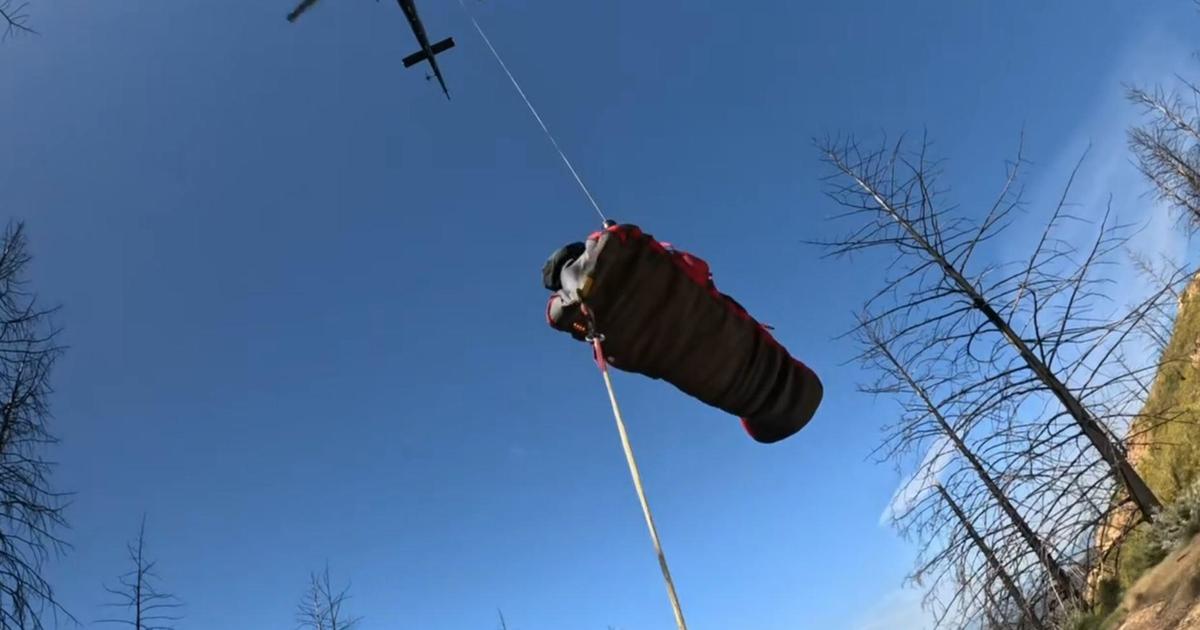StarDate 4/30/2014: A Giant Planet Near The Head Of The Water Snake
FROM THE UNIVERSITY OF TEXAS McDONALD OBSERVATORY, AS HEARD ON KCBS RADIO WEEKDAYS @ 9:52 A.M., 7:35 P.M. & 2:52 A.M.
STARDATE 4/30/2014: Hydra, the water snake, slithers low across the sky on spring evenings. Its faint head is in the southwest at nightfall.
Last year, astronomers reported the discovery of a giant planet orbiting a star that's not far from the head.
The star is Gliese 328. It's smaller, cooler, and fainter than the Sun. Its planet, Gliese 328b, is about twice as massive as Jupiter, the giant of our own solar system, and is roughly as far from its star as Jupiter is from the Sun.
Planets that far out are tough to find. It takes years of repeated observations to measure such a planet's gravitational pull on its parent star. Gliese 328b was discovered through 10 years of observations. Astronomers measured it more than 70 times with two telescopes at McDonald Observatory, and a few more times from the Keck Observatory in Hawaii.
The McDonald planet search has been going on since the late '80s, and has been expanded to cover hundreds of stars.
Its long lifetime allows astronomers to find planets that are far away from their stars. Most planet searches find worlds that are quite close to their stars. To understand how all planetary systems form and evolve, though, you need to study different kinds.
In many systems, giant planets form far away from their stars and then move closer, destroying other planets as they do so. Finding distant planets will reveal how often that happens, and perhaps provide some clues about why it happens. More about that tomorrow.



